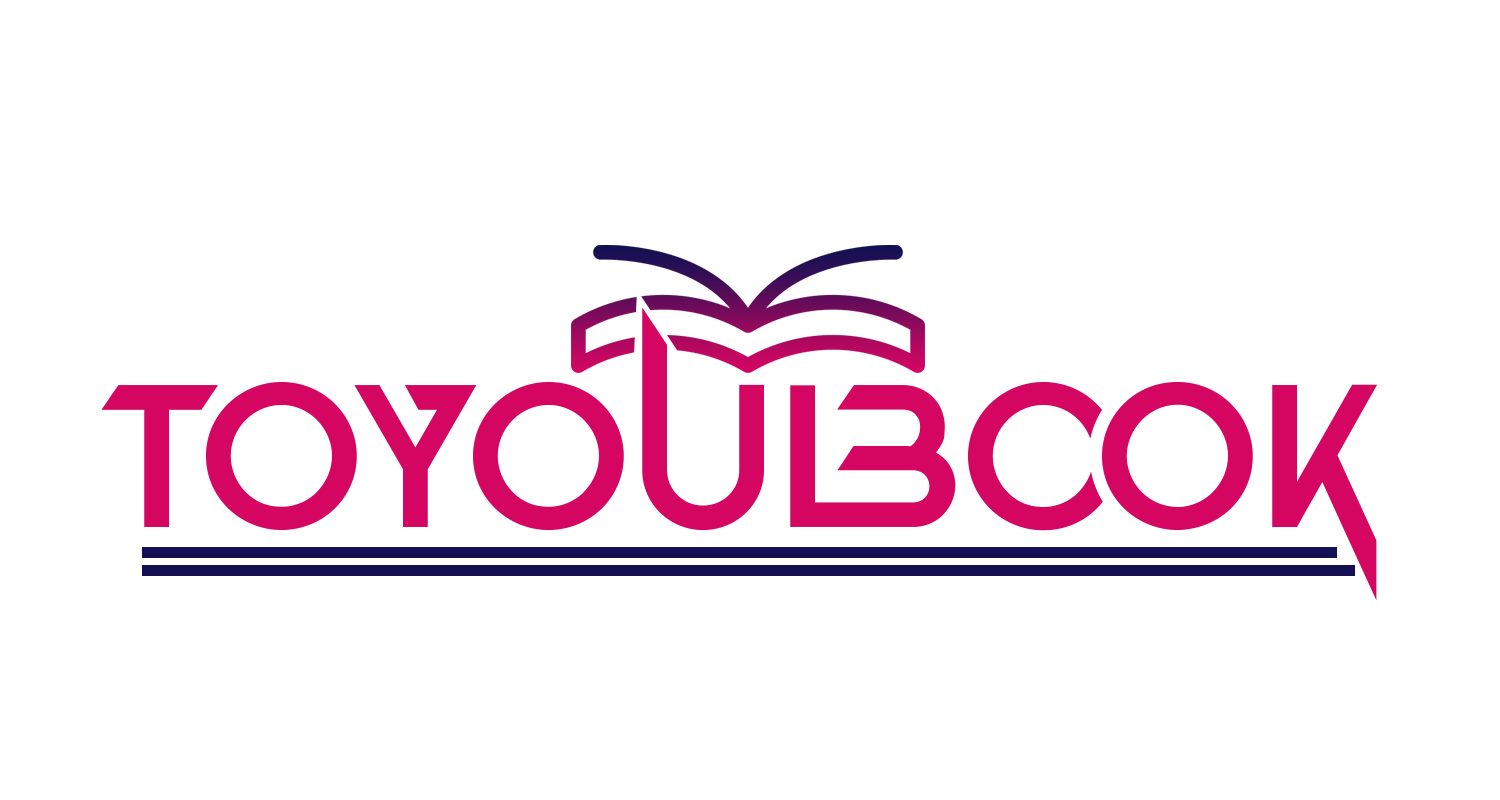In today’s digital age, proficiency in web development is a valuable skill sought after by businesses and individuals alike. Whether you’re looking to build your own websites, pursue a career in tech, or enhance your current skill set, learning web development can open doors to a world of opportunities. This beginner’s guide aims to provide you with a structured approach to start your journey into the exciting field of web development.
Understanding the Basics of Web Development
Web development course involves creating websites and web applications using programming languages, frameworks, and tools. It encompasses both front-end development (client-side) and back-end development (server-side), each serving distinct purposes in delivering functional and visually appealing websites.
1. Front-End Development
Front-end development focuses on the visual and interactive aspects of a website that users see and interact with directly in their web browsers. Key technologies and skills include:
- HTML (Hypertext Markup Language): The foundation of web development, used for structuring and presenting content on web pages.
- CSS (Cascading Style Sheets): Stylesheets that define the presentation of HTML elements, including layout, colors, fonts, and responsiveness.
- JavaScript: A flexible programming language that gives websites dynamic behavior and interactivity, enabling features such as animations, form validation, and AJAX requests.
2. Back-End Development
Back-end development involves the server-side logic that powers the functionalities of a website, manages databases, and handles user authentication. Key concepts and technologies include:
- Server-Side Languages: Such as Python, Ruby, PHP, and JavaScript (Node.js) for writing server-side scripts and applications.
- Databases: MySQL, PostgreSQL, MongoDB, etc., for storing and managing data.
- Frameworks and Libraries: Like Django, Flask, Ruby on Rails, Laravel, Express.js, etc., to streamline development and enhance functionality.
Where to Start: Essential Steps for Beginners
1. Set Clear Learning Goals
Define your objectives and what you want to achieve through learning web development. Whether it’s building a personal website, mastering a specific technology stack, or preparing for a career change, clear goals will guide your learning path.
2. Learn the Fundamentals
Begin with the basics of HTML, CSS, and JavaScript. Online platforms offer interactive tutorials and courses tailored for beginners. Start with small projects to apply what you learn and reinforce your understanding.
3. Choose Your Tech Stack
Explore different front-end and back-end technologies to understand their strengths, weaknesses, and applications. Consider factors such as community support, job market demand, and personal interests when selecting your tech stack.
4. Build Projects and Practice Regularly
Hands-on experience is crucial in web development. Start with simple projects like a personal portfolio, a blog, or a basic e-commerce site. Collaborate with others on GitHub, participate in coding challenges, and seek feedback to improve your skills.
5. Dive Deeper into Advanced Topics
As you gain confidence, delve into advanced topics such as responsive design, web accessibility, API integration, and security best practices. Stay updated with industry trends and adopt new technologies to stay competitive.
Resources for Learning Web Development
1. Online Learning Platforms
- Discover interactive courses covering HTML, CSS, JavaScript, and more.
- Explore free tutorials, projects, and certifications in full-stack web development.
- Find University-led courses on web development, often with certificates.
2. Books and Documentation
- “Eloquent JavaScript” by Marijn Haverbeke: A comprehensive guide to mastering JavaScript.
- MDN Web Docs: Mozilla’s resource for web developers, offering documentation on HTML, CSS, and JavaScript.
3. Community and Support
- Stack Overflow: Q&A community for developers to seek help and share knowledge.
- Meetup and Local Coding Groups: Join local meetups or online communities to connect with like-minded individuals and professionals.
Conclusion
Embarking on the journey of learning web development requires dedication, curiosity, and a willingness to continually learn and adapt to new technologies. By mastering the fundamentals, exploring different technologies, building projects, and leveraging resources available online and within communities, you can cultivate the skills needed to succeed in this dynamic field.
Whether you aspire to become a front-end developer, back-end engineer, or full-stack developer, the opportunities in web development are vast and rewarding. Start today, stay persistent, and enjoy the journey of becoming a proficient web developer capable of creating impactful digital experiences.

